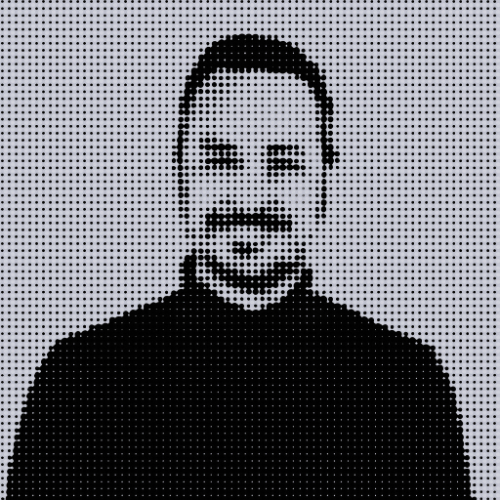815 reads
Why Self-Expression Is Missing In The Metaverse
by
September 4th, 2022
Audio Presented by

Author of sci-fi and horror, narrative designer, and independent film producer. Loves cassette futurism.
About Author
Author of sci-fi and horror, narrative designer, and independent film producer. Loves cassette futurism.